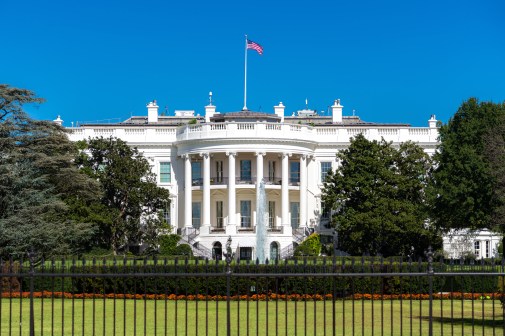DATA Act part two? OMB supports move to common data formats for contractors, grantees

Just months after the federal government reached a major milestone in requiring agencies to begin reporting their financial data in a standardized format per the DATA Act, the Office of Management and Budget now faces yet another considerable challenge getting its arms around the totality of government spending.
OMB issued a new report to Congress this week on a pilot program required by the law that looks into ways to streamline the financial reporting requirements faced by federal contractors and grant recipients, ultimately proposing a common data reporting format.
The DATA Act mandates that federal agencies make spending data available for easy use by the public. The government spending information addressed by the law is split into two main types — the information that agencies report on how they spend their budgets and the information that grant and contract recipients report on how much money they have secured from the government. Thus far the DATA Act has managed to create and implement a common standard for the former, which agencies were required to comply with by May 9, 2017; this OMB report deals with the latter.
Currently there is no common data form for financial reporting from federal grant and contract recipients. The process is mostly PDF-based, Data Coalition founder Hudson Hollister told FedScoop, and there are hundreds of different forms. But the DATA Act, passed in 2014, directed OMB to look into the potential of implementing a common data form for the recipient side, much like the one on the agency side.
So that’s precisely what OMB did. The pilot began with “a national dialogue to generate ideas from Federal award recipients,” before moving on to the “development and discovery into test models for the ideas attracting the highest interest,” and finally the “collection of data and information for the test models.”
And all this led to three recommendations: that OMB should continue to standardize the data elements of reporting forms, that OMB should find opportunities to use auto-populating forms and that it should “leverage information technology open standards to rapidly develop new tools as needs arise.”
The first recommendation is key, Hollister said. The report expressly supports the creation of a “comprehensive taxonomy” (or, more plainly, a common format) for financial reporting data. This is an important directive from the White House — despite the logistical challenges that will inevitably accompany the creation and implementation of a comprehensive taxonomy, OMB sees that it will “significantly reduce the financial reporting burden of grantees, contractors and other parties that partner with the government.”
And Hollister, for one, has a positive outlook. Getting agencies to report spending data in a unified way wasn’t easy, but it was accomplished. “The same thing” can happen with recipient data, he said, given time and a directive from Congress.
“Congress needs to act,” Hollister said.
Ultimately, the OMB report argues, easing the currently disjointed and confusing financial reporting requirements that grant recipients and contractors face is a size of government issue.
“President Trump wants to make the Federal government leaner, more accountable, and more efficient,” the report states. “The findings in this pilot illuminate the path forward for OMB and our partner agencies to build on decades of work to standardize Federal award data in a manner that will increase government efficiency, reduce reporting burdens for Federal partners, and benefit the American taxpayer.”






